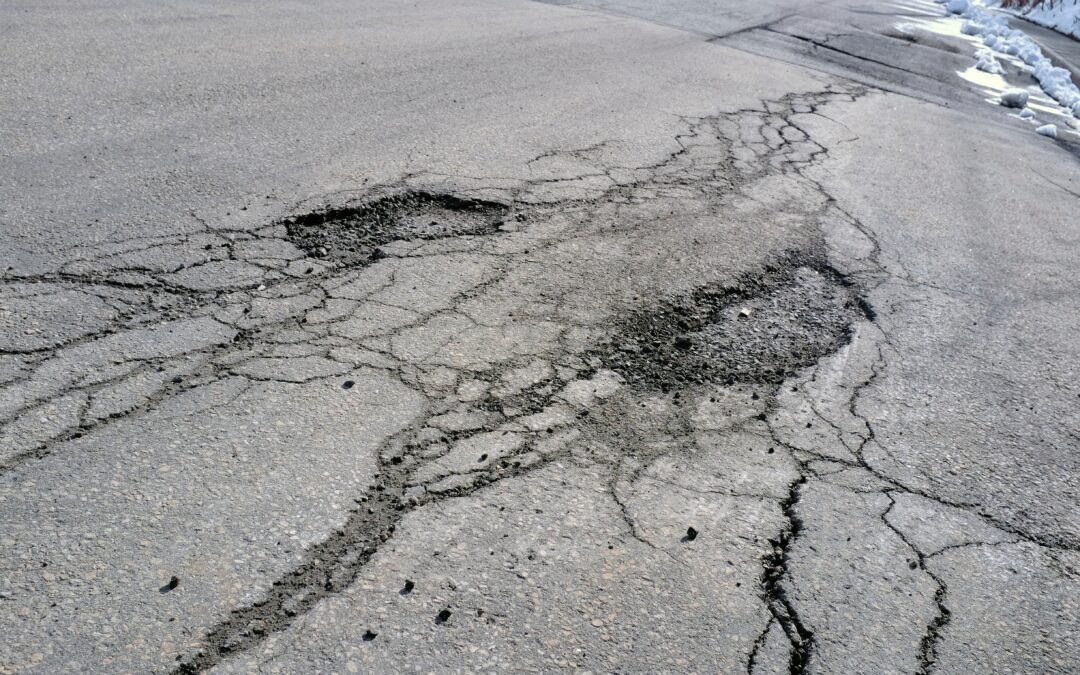This article originally appeared in MLive. Read more and find more data here.
About one in four primary roads and highways in Michigan are in good condition.
Of the remaining federal-aid roads, 41% are in fair condition and 33% are in poor condition, according to the latest assessment by the Transportation Asset Management Council.
Michigan’s 2023 Roads & Bridges Annual Report, published last month, showed a slight increase in “good” roads but the same rate of “poor” roads from the previous year’s report card.
As for local (non-federal-aid) roads, about 22% were good, 31% fair, and 47% poor.
Grades are handed out using the Pavement Surface Evaluation and Rating (PASER) system. Roads are rated on a scale of 1 to 10, with roads rated 8 to 10 considered “good,” roads rated 5 to 7 considered “fair,” and roads rated 1 to 4 considered “poor.”
PASER ratings for federal-aid roads are based on assessments done over the last two years. For the latest report, about 68% of the 88,000 lane miles were evaluated in 2023, and the remaining 32% came from 2022.
Menominee County in the western Upper Peninsula, and Otsego County in central Northern Michigan have the highest rates of roads in poor condition at 70% and 69%, respectively.
Other counties with more than 55% of roads in poor condition include Schoolcraft (61%), Macomb (59%), Lapeer (58%), Delta (58%), Iosco (56%), and Dickinson (55%).
Meanwhile, Gratiot County, located roughly 40 miles north of Lansing, has some of the best road ratings. Among roads that start and end within county lines, Gratiot has the lowest rate of poor roads (7%) and the highest rate of good roads (55%).
Other counties with generally lower rates of poor-graded roads include Mackinac (17%), Clare (18%), Clinton (19%), Benzie (20%), Kalamazoo (23%), Luce (23%), and Manistee (23%).
Road crews improved 16.2% of the state’s federal-aid roads between 2021 and 2023, but it wasn’t enough to counter the 21.2% that declined during that period.
Michigan’s 67% of primary roads in good or fair condition matches last year’s rate, but continues to fall below the state goal of 90%. It’s been 15 years since the state hit that mark.
Consultants have estimated Michigan is underfunding its road system by $3.9 billion annually and will likely see further decline without a change in revenue streams. Some of their proposed options to increase revenue include increasing the gas tax, increasing sales tax on gas, assessing a per-mile fee for vehicles, and installing tolls.
The state is considering a $5 million allocation to pilot a road usage fee system. A trial run would be voluntary for participants and would have to be completed before the end of 2026.

